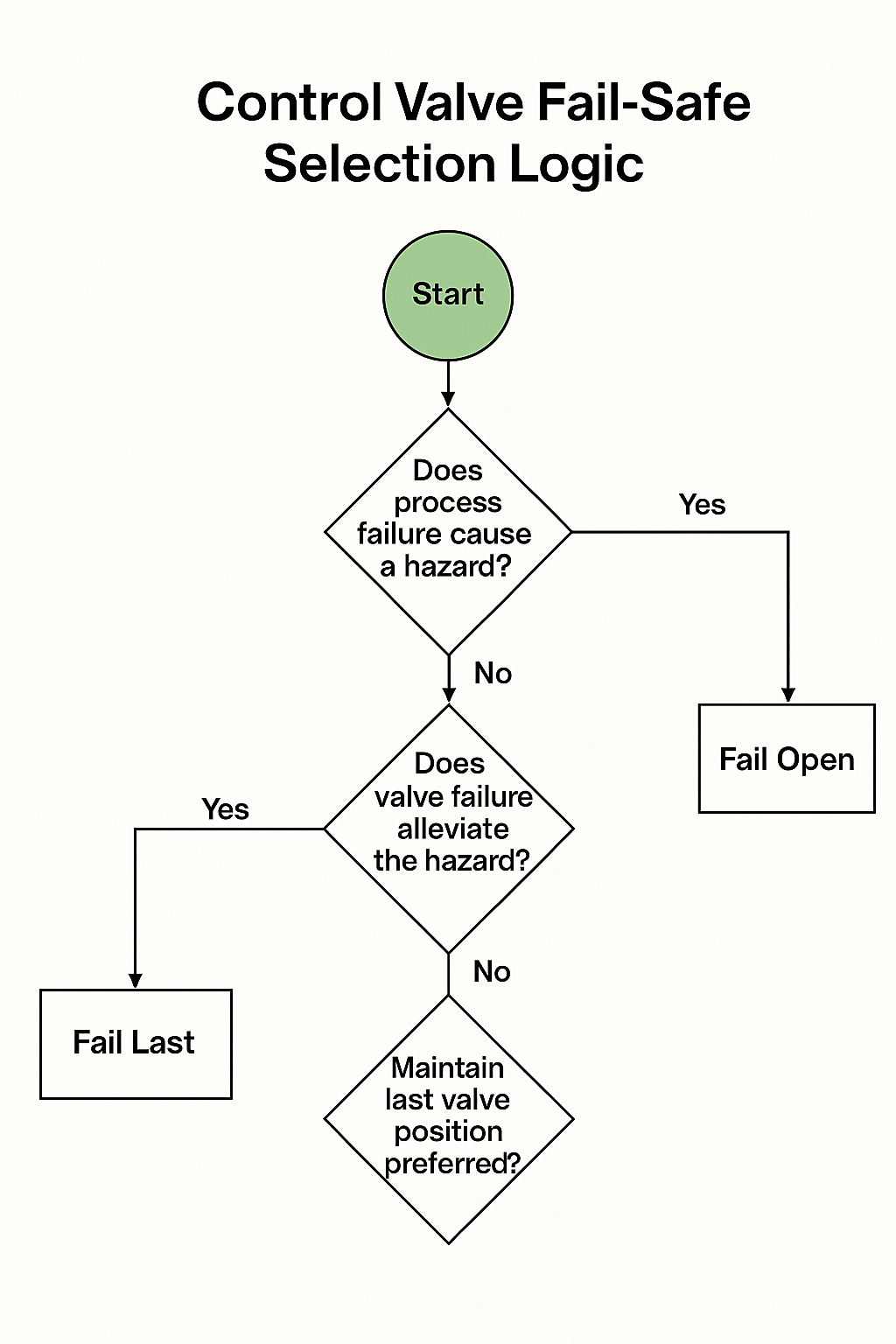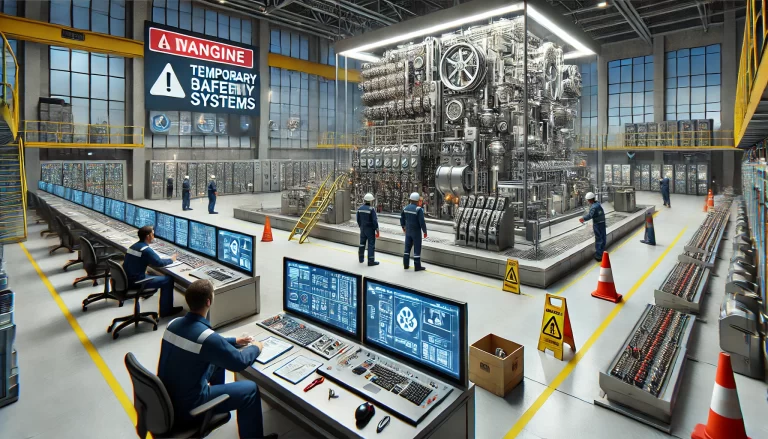In industrial automation and safety systems, instrument fault safety (also known as fail-safe design) is a crucial principle. It ensures that in the event of a failure—whether in sensors, controllers, or actuators—the process transitions to the safest possible state, preventing accidents, equipment damage, or environmental harm.
🔍 1. What Is Instrument Fault Safety?
Instrument fault safety refers to the system’s inherent ability to remain safe or move to a predefined safe state when one or more of its components fail. This includes:
Sensor signal loss or distortion
Control logic error
Actuator power or air failure
Communication failure
A fail-safe condition does not mean the system keeps working as intended—it means that even in failure, it avoids making the situation worse.

⚙️ 2. Examples of Fail-Safe Design
📌 2.1 Control Valve Fail-Safe Actions
When a control valve loses power or signal, it should default to a position that minimizes risk. The three most common fail-safe actions are:
| Fail-Safe Action | Description | Typical Application |
|---|---|---|
| Fail Close (FC) | Valve closes when power/air fails | Flammable or toxic media |
| Fail Open (FO) | Valve opens upon failure | Cooling water, relief bypass |
| Fail Last (FL) | Valve holds its last position | Critical continuous processes |
✅ Example: In cooling systems, a valve is often set to Fail Open to ensure coolant continues to flow even during a power outage.
📌 2.2 Transmitter Signal Failure Handling
Transmitter faults (e.g., open loop, sensor failure) must trigger logical safety responses:
Dead signal detection (e.g., 3.6mA or 21.8mA in 4-20mA loops)
Voting logic (e.g., 2oo3 logic for redundant sensors)
Fail-high or fail-low configuration, depending on process risk
🛠 For a tank high-level alarm, a sensor fault may be treated as high level to trigger emergency shutoff.

🔒 3. Relation to SIL and SIS
SIL (Safety Integrity Level) is a measure of risk reduction provided by a Safety Instrumented Function (SIF).
SIS (Safety Instrumented System) is designed specifically to handle critical fault-safe functions (shutdowns, isolation, alarms).
The higher the SIL, the more robust the fault-detection, diagnostics, and fail-safe mechanisms must be.
📐 4. Fail-Safe Action Selection Logic
Here is a logic diagram to help determine appropriate fail-safe actions for valves in various process conditions:
🖼️ Illustration: Control Valve Fail-Safe Selection Logic

📘 Conclusion
Designing fault-safe instrumentation is a proactive safety strategy that protects not only the facility but also lives and the environment. It requires a deep understanding of process behavior, failure modes, and the correct default actions for all field devices.
If you’d like a custom infographic PDF, a PowerPoint training slide, or integration into your website, let me know — I can prepare them accordingly.
